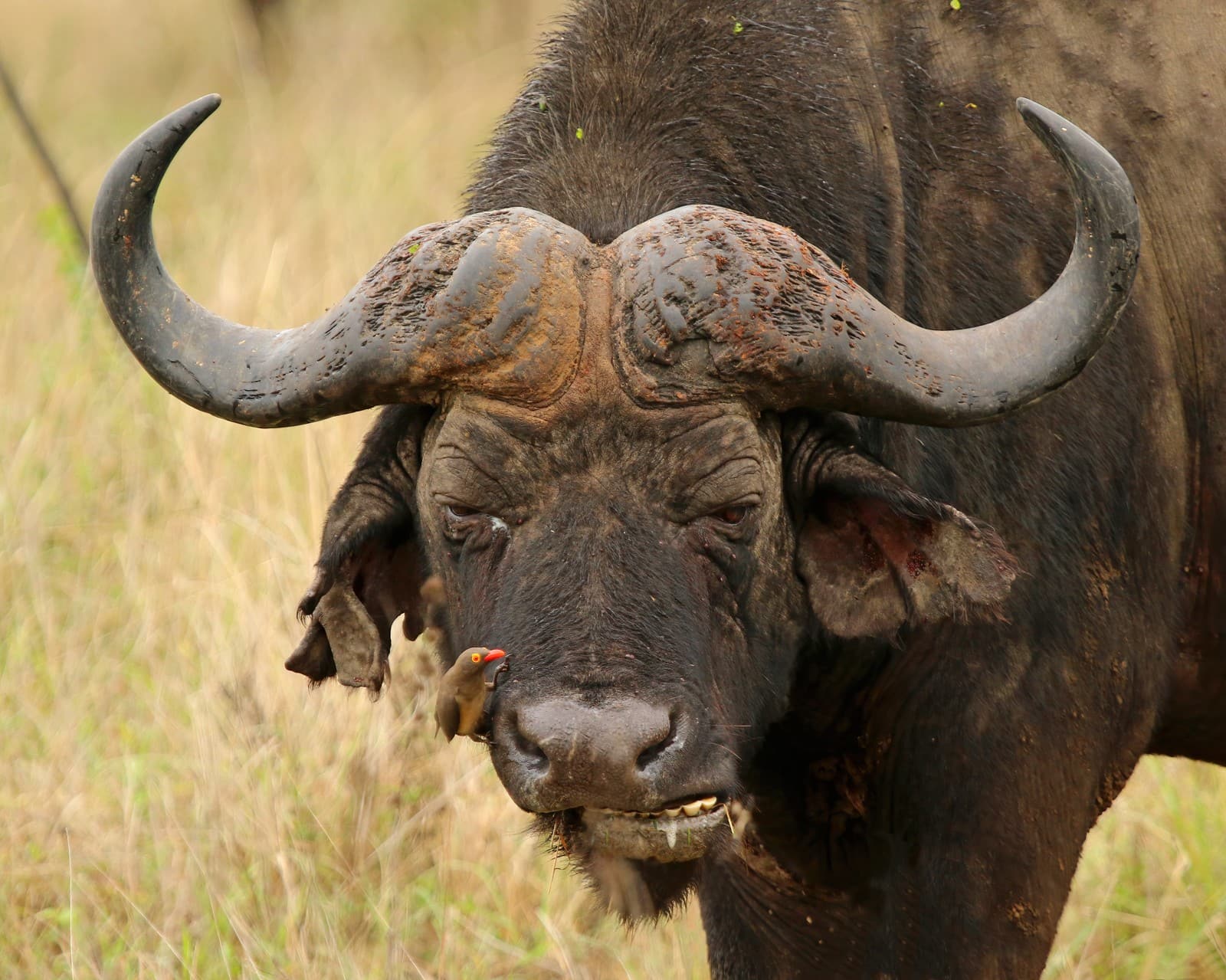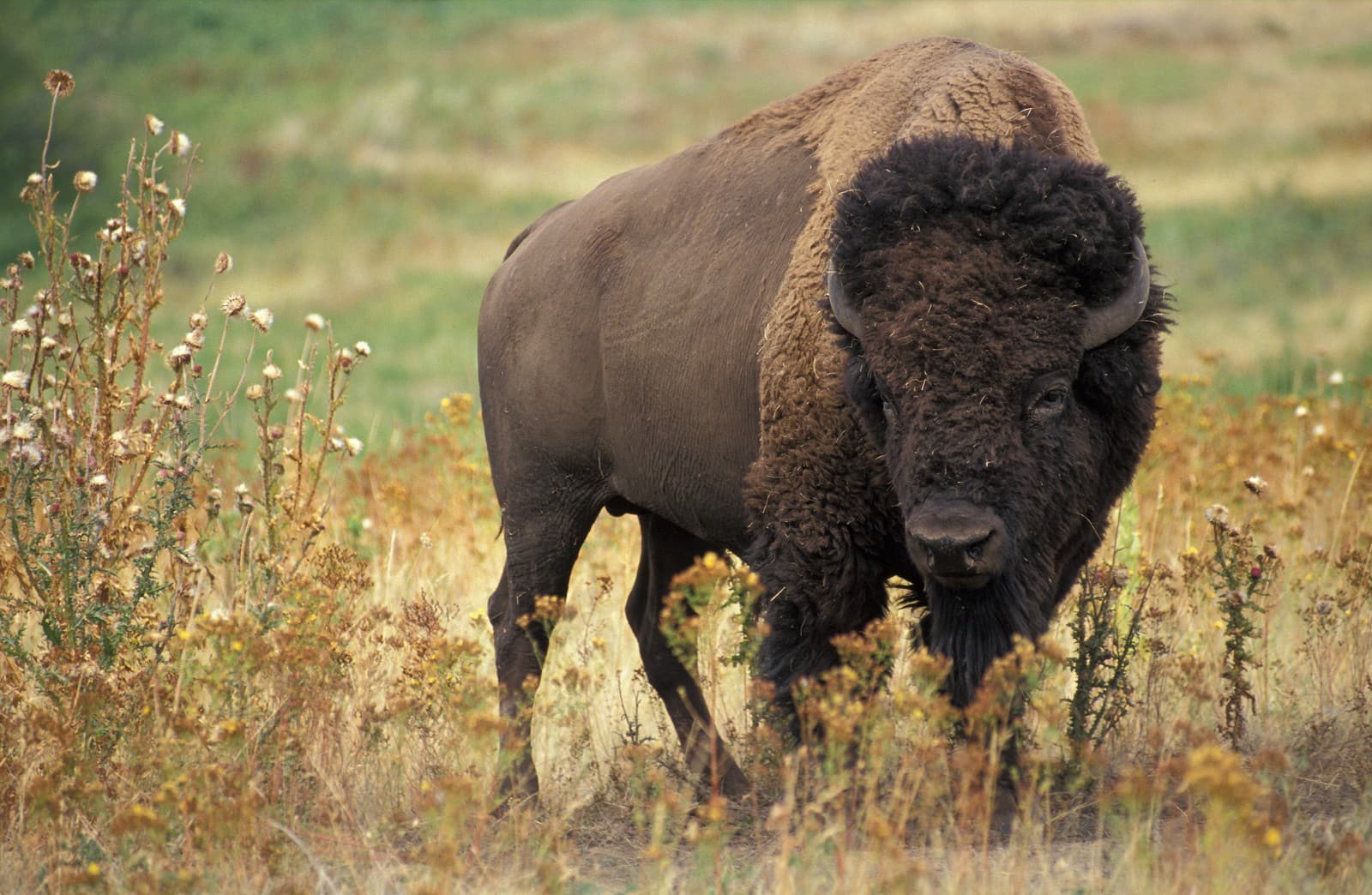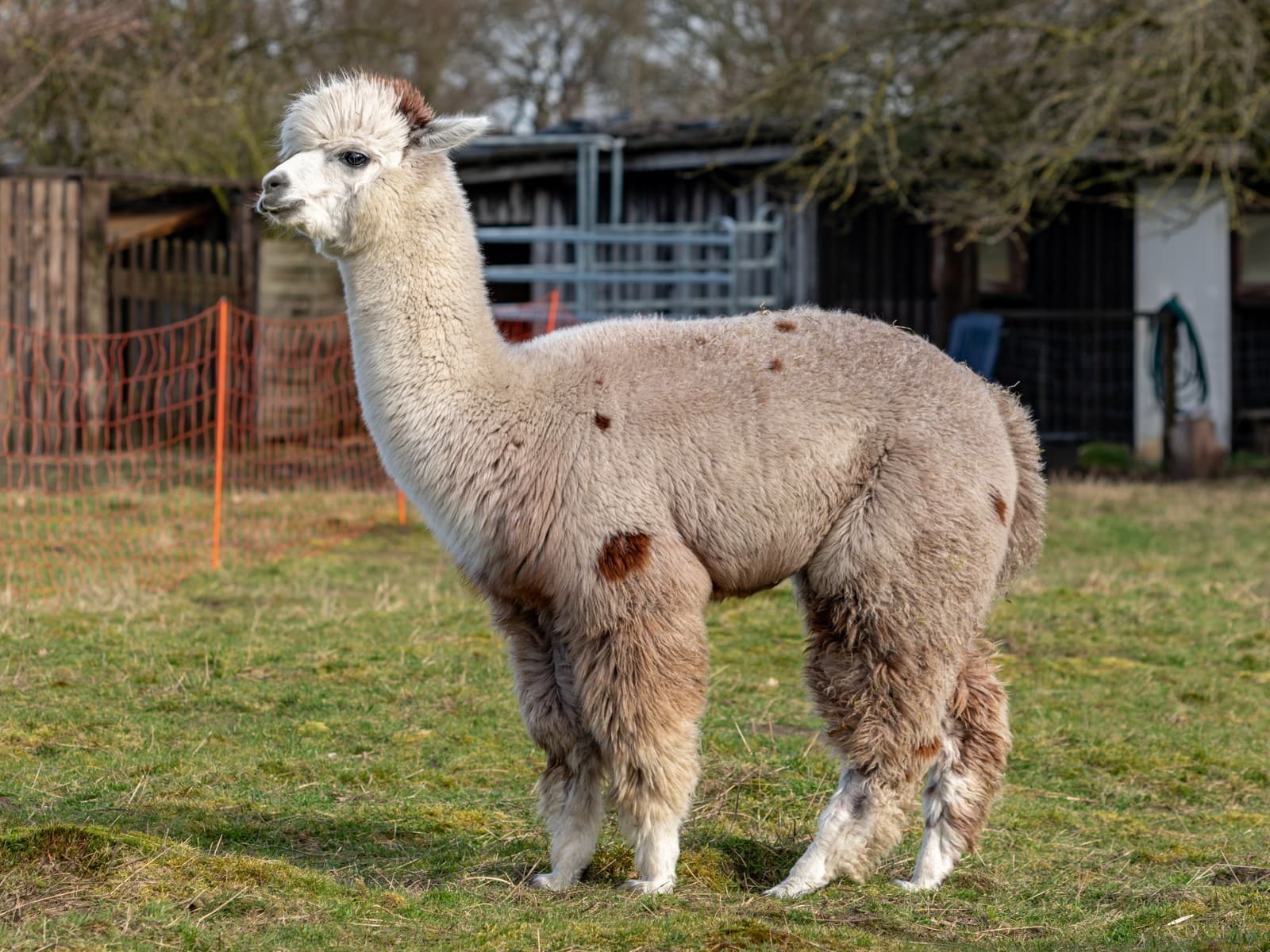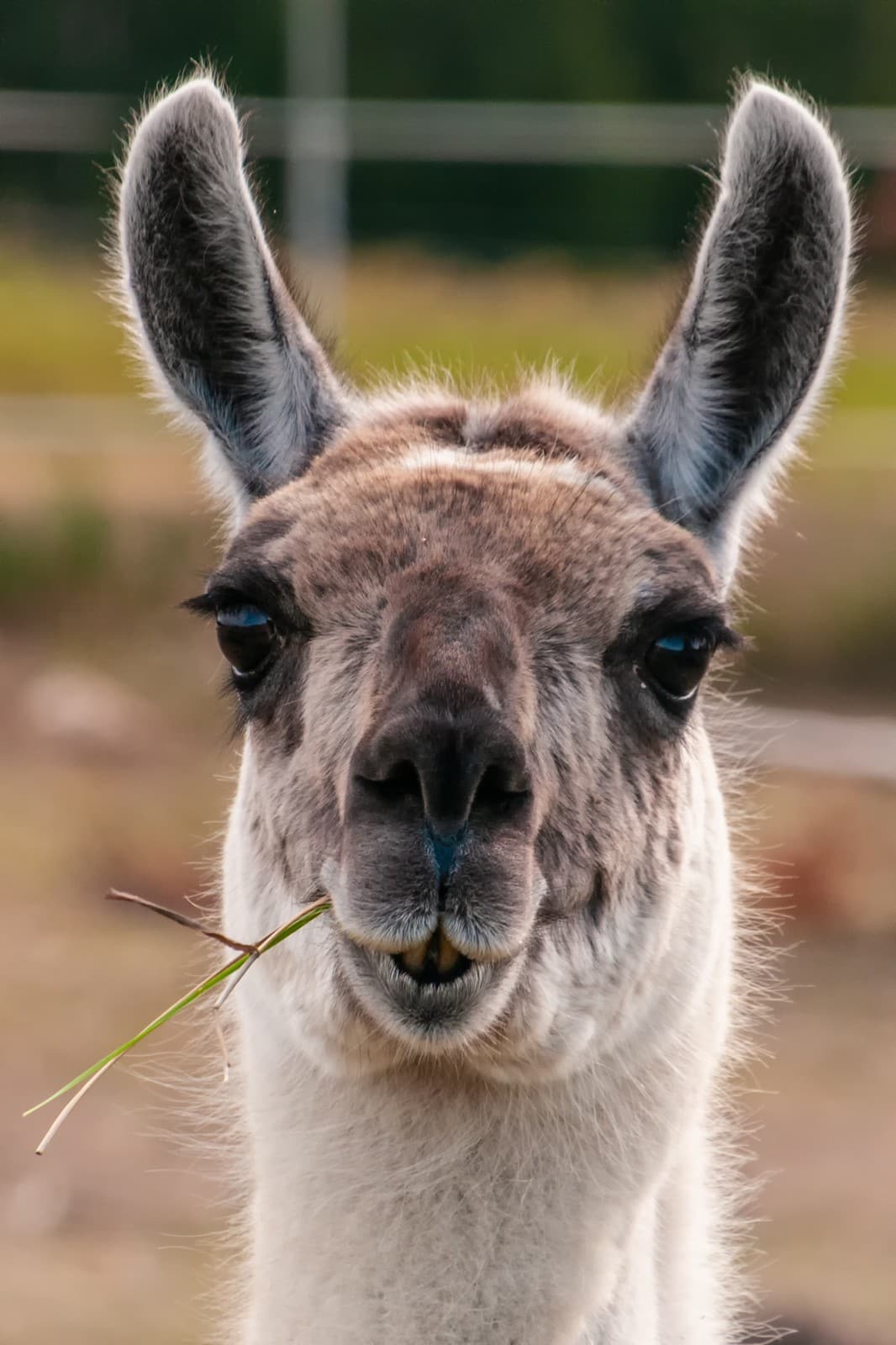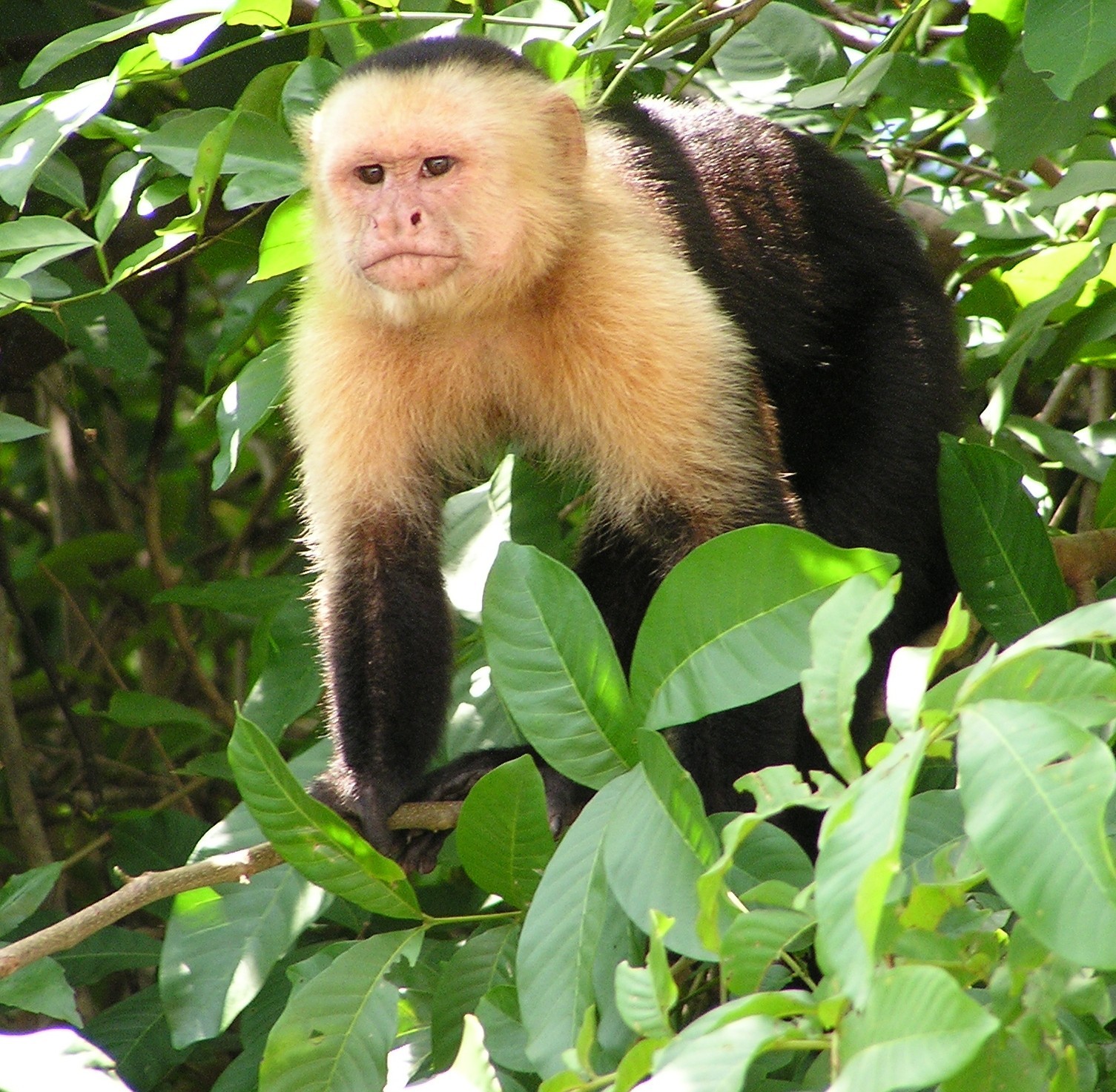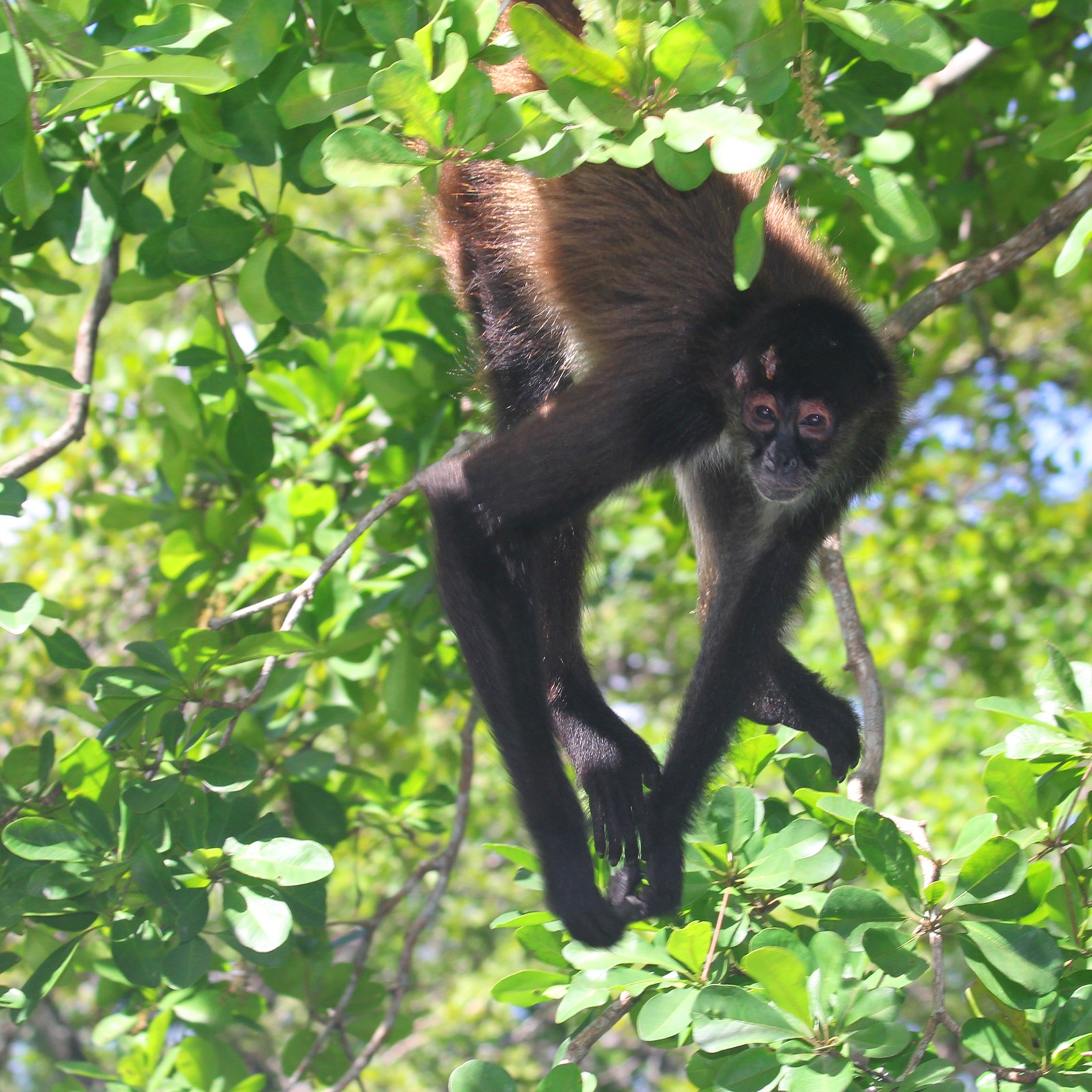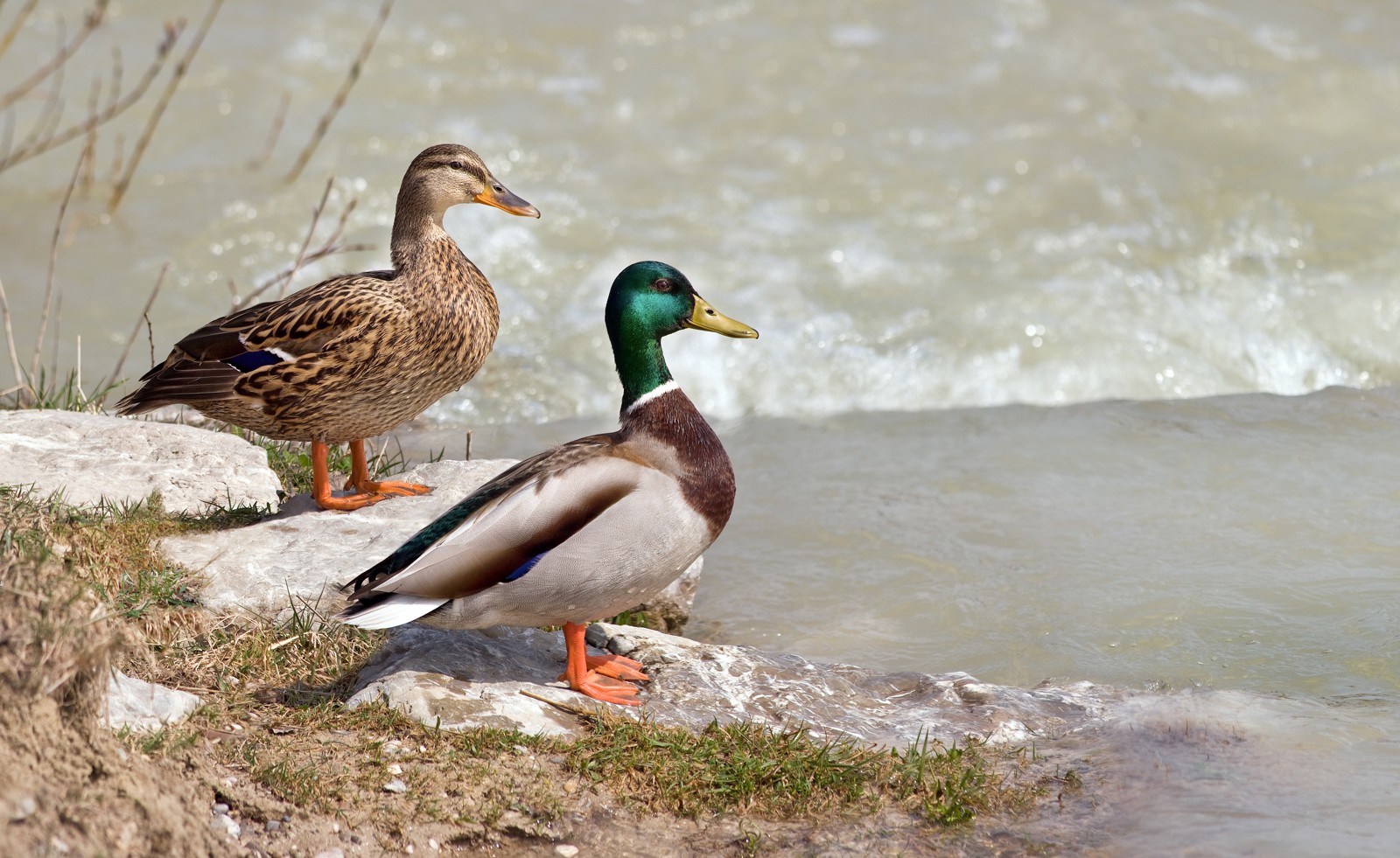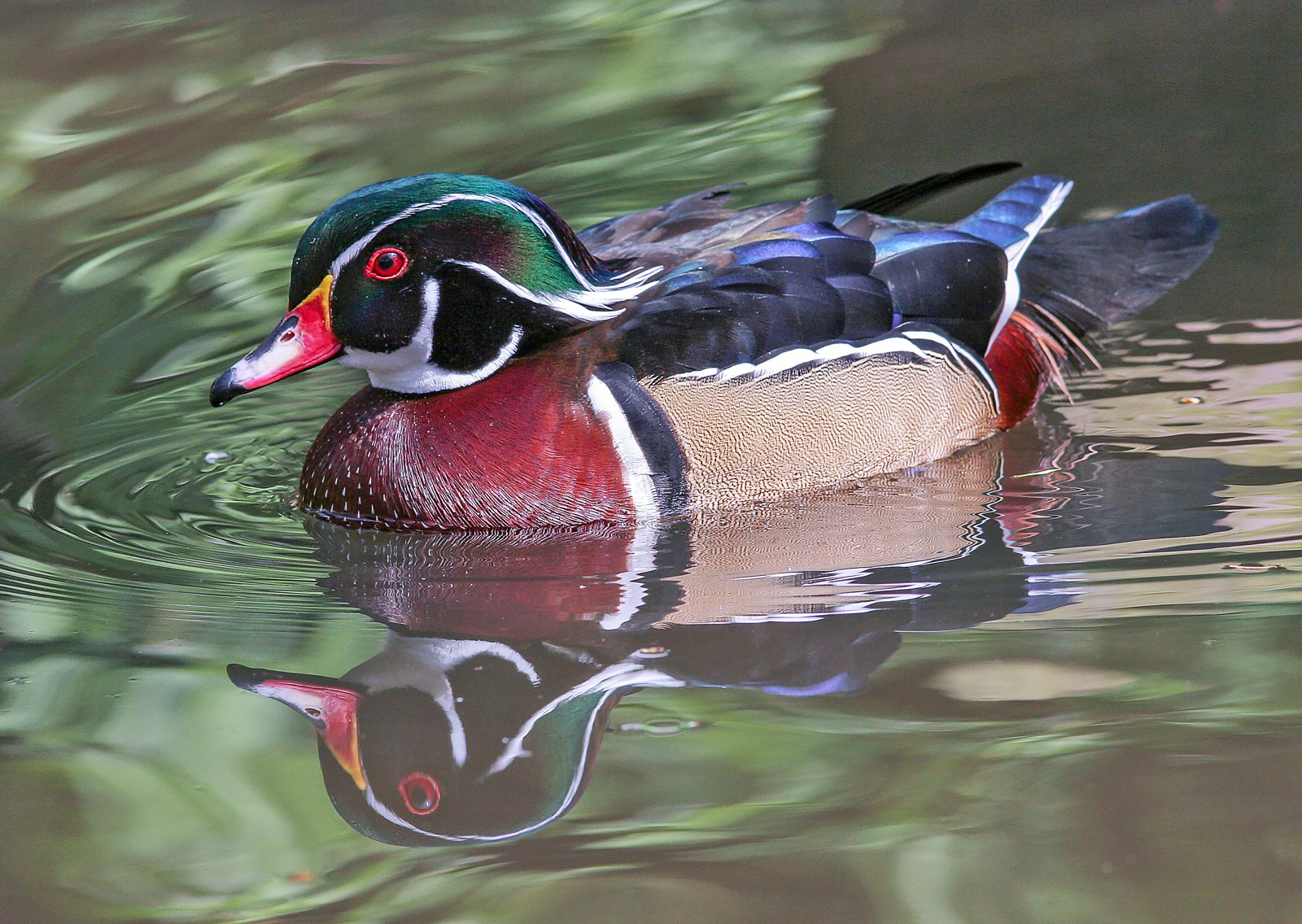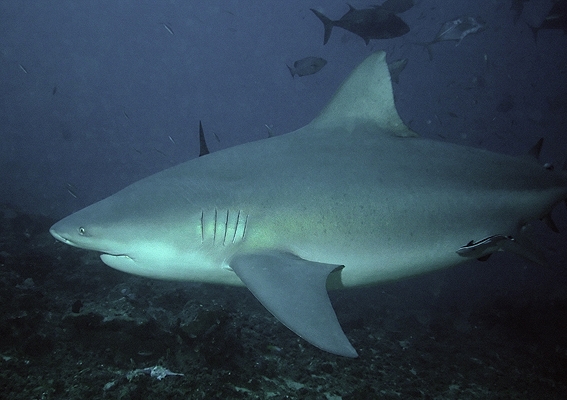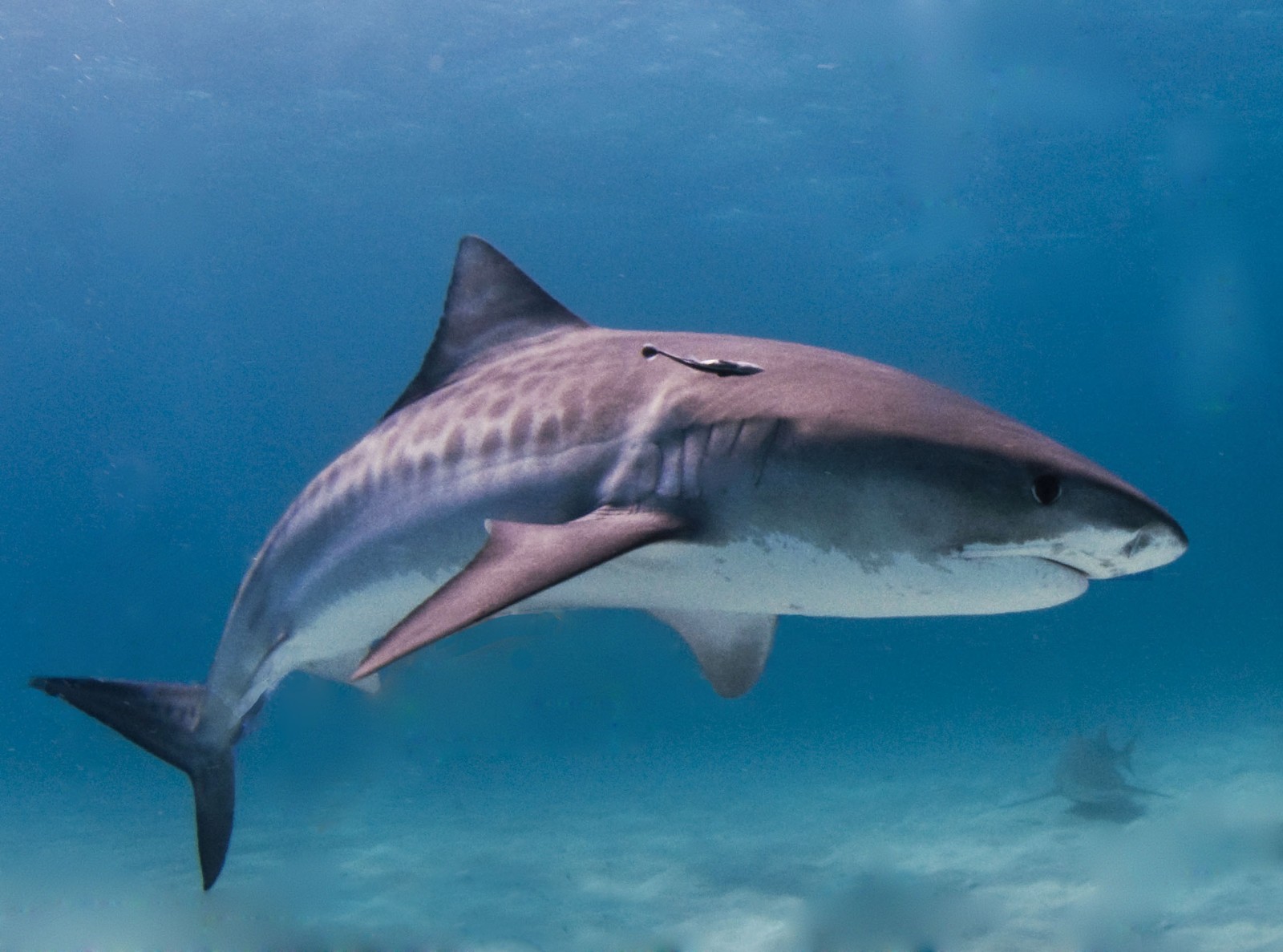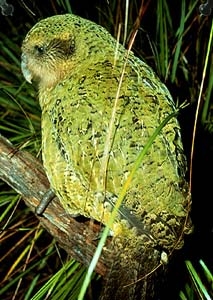Buffalo vs Cow: A Complete Comparison
The fundamental difference between buffalo and cow species lies in their evolutionary paths – while buffalo remain powerful wild animals, cows represent thousands of years of human domestication. African Cape buffalo can weigh up to 1,900 pounds (860 kg) and stand 5.6 feet (1.7 m) tall at the shoulder, notably larger than the average domestic cow at 1,500 pounds (680 kg) and 4.9 feet (1.5 m) tall.
When comparing buffalo vs cow characteristics, buffalo display more aggressive temperaments, larger curved horns, and thicker hides adapted for harsh wilderness conditions. Domestic cows, through selective breeding, have developed gentler dispositions and specialized traits for milk or meat production, making them suitable for agricultural settings.
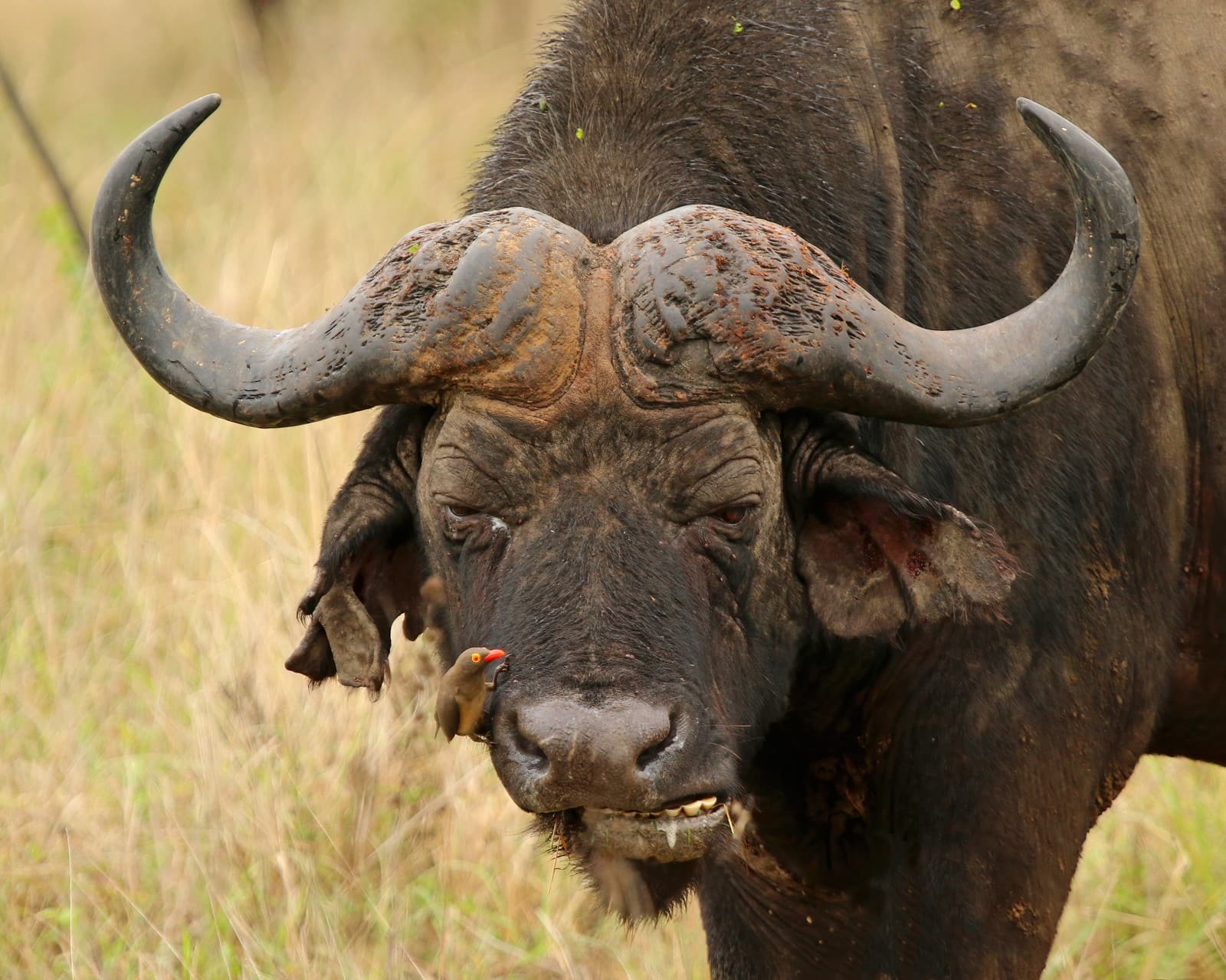
© Charles J. Sharp / CC BY-SA 4.0
The African Cape buffalo exemplifies raw wilderness power, with massive horns and a muscular build evolved for survival in challenging savanna environments. These formidable bovines maintain complex social structures and can defend against Africa’s apex predators.
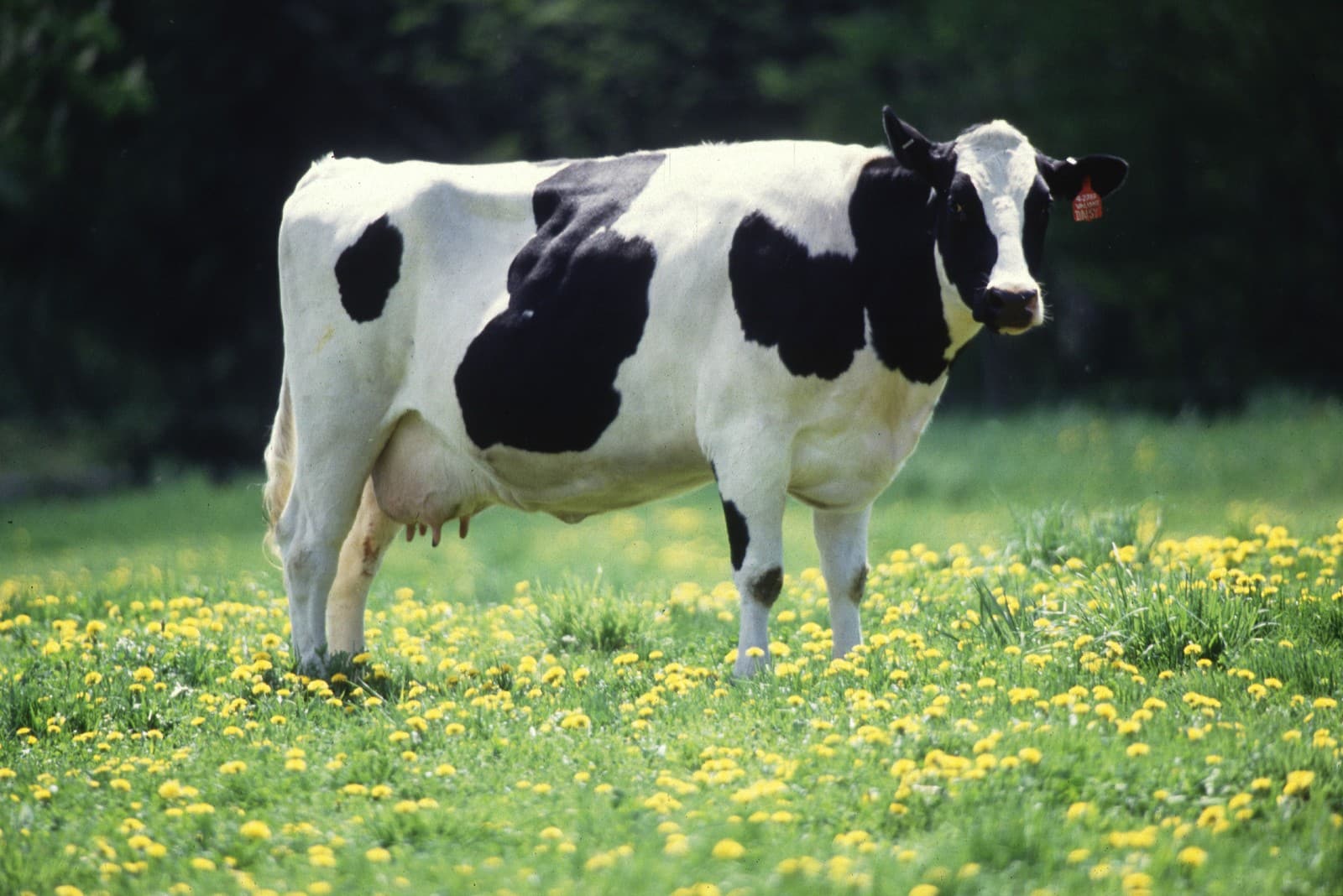
Modern dairy cows represent centuries of careful breeding, resulting in specialized breeds like the Holstein-Friesian that can produce over 8 gallons (30 liters) of milk daily. Their docile nature and high productivity make them ideal for agricultural operations.
Key Physical Differences: Buffalo vs Cow
| Feature | Buffalo | Cow |
|---|---|---|
| Weight | 1,500-1,900 lbs (680-860 kg) | 1,000-1,500 lbs (450-680 kg) |
| Shoulder Height | 4.9-5.6 ft (1.5-1.7 m) | 4.5-4.9 ft (1.4-1.5 m) |
| Horn Structure | Massive curved horns with fused boss | Smaller, simpler horns or hornless |
| Hide | Thick, dark, sparse hair | Thinner, varied colors, denser coat |
| Build | Muscular, wild-adapted frame | Broader, domesticated frame |
| Udder Size | Smaller, compact | Larger, specialized for milk production |
Behavioral Differences and Habitat
African buffalo display complex social behaviors within their herds, maintaining strict hierarchies and demonstrating remarkable cooperation when facing predators. These wild bovines require vast territories, often ranging 20-40 square miles (50-100 square kilometers) when conditions allow.
Domestic cows, conversely, thrive in managed agricultural settings, displaying calmer temperaments and simplified social structures. Their space requirements are minimal, typically needing just 1.5-2 acres (0.6-0.8 hectares) per animal for grazing.
Intelligence and Social Structure
Buffalo herds demonstrate sophisticated social organizations:
- Complex matriarchal leadership
- Cooperative defense strategies
- Multi-tiered social hierarchies
- Strategic movement patterns
Domestic cattle show modified social behaviors:
- Basic herd mentality
- Simplified hierarchical structure
- Reduced defensive instincts
- Dependent on human management
Who Would Win: Buffalo vs Cow Confrontation
In a theoretical confrontation, the wild buffalo holds significant advantages:
- Superior muscle mass and bone density
- More aggressive temperament
- Enhanced survival instincts
- Larger, more effective horns
- Greater combat experience
The domestic cow, bred for docility and production, lacks the natural defensive and aggressive capabilities of its wild cousin. This makes the outcome decidedly one-sided in favor of the buffalo.
Economic and Cultural Impact
Modern cattle contribute significantly to global agriculture:
- Annual milk production exceeding 880 million tons
- Worldwide beef production of 72 million tons
- Essential role in sustainable farming
- Cultural significance in many societies
Buffalo maintain ecological importance:
- Keystone species in African ecosystems
- Natural grass management
- Prey base for large predators
- Cultural significance to indigenous peoples
Conservation Status and Future Prospects
While domestic cattle numbers exceed 1.5 billion globally, African buffalo face increasing challenges:
- Habitat fragmentation
- Human-wildlife conflict
- Disease transmission from livestock
- Climate change impacts
- Poaching pressure
Understanding these differences between buffalo and cow species remains crucial for both conservation efforts and agricultural development, ensuring both wild and domestic bovines continue fulfilling their vital roles in natural and human-managed environments.
